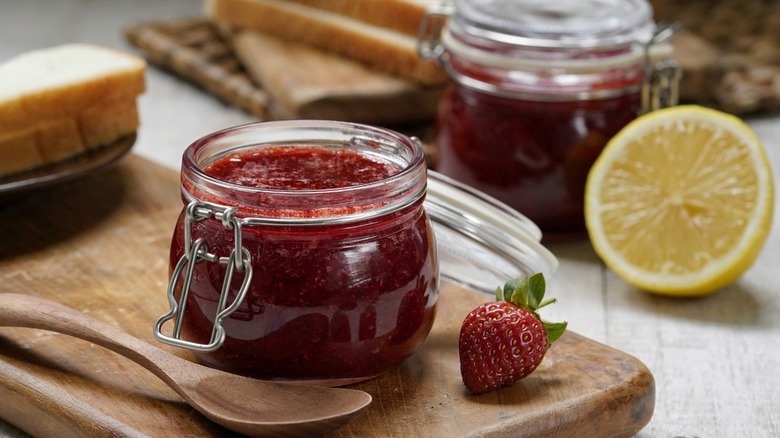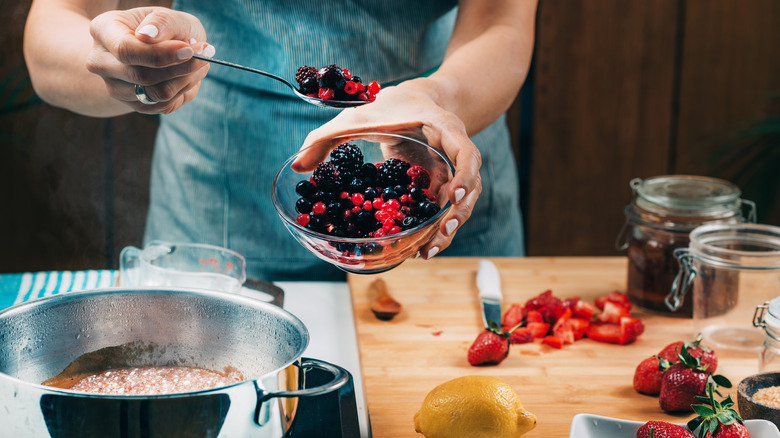Why You Should Consider Making Homemade Jam
With summer quickly approaching, colorful pints of berries are about to debut for the season as farmer's markets are transitioning from lettuces and mushrooms. After a cold, bleak winter, even our taste buds need some vitamin D. Sweet berries warmed from the sun, picked at their peak, are just what we all need.
Grocery stores may stock produce all year round, with the help of imports and hothouses. However, a tomato in December is a plastic, tasteless version of the August fruit that is sweet, juicy, and bursting with flavor. Eating seasonally means enjoying food grown locally at its peak. This is when our fruit and vegetables taste their best. The shelf-life of a berry ranges, with some berries going bad within hours of purchase. Some berries like strawberries are non-climacteric, which means they don't continue to ripen after they've been picked. This can be frustrating, especially if you've spent good money on an organic pint of berries.
Summer begins on June 21, which means stone fruits (cherries, peaches, nectarines, plums, apricots) and berries (currants, strawberries, blueberries, raspberries, blackberries) are all in season soon. Local farms often allow CSA members to pick-their-own fruit and vegetables, which means this is a great time to bring the whole family and harvest bushels of fresh fruit to enjoy on its own, make into pies, muffins, ice cream, and even jar into jelly, jam, preserves or marmalade.
What to know about homemade fruit jams
Although those terms are often used interchangeably, the fruit spreads are different. Jelly is probably what most of us picture when we say any of the four varieties of fruit preservation. The jelly in our childhood staple, PB&J, is usually prepared with grape jelly cooked down into a smooth, gelled, translucent form. Although spreadable, jelly is firm from the addition of pectin. Preserves have a firm jelly-like texture but with fruit pieces throughout. Marmalades are similar to preserves with the addition of citrus peel. Jams are chunky like a preserve, but runnier, like a purée.
Making a fruit jam is a delicious way to use up unsweet berries or ones that are starting to look a little soft in the refrigerator. According to the Food Network, making jam is as simple as boiling together fruit, lemon juice, and sugar until it reaches the desired consistency. Pectin, the thickener, can be found naturally in fruit like apples, but you can also purchase some to make any fruit jam thicker. Making homemade jam means controlling the sweetness and using any fruit or combination of fruit you like.
Once the jam has cooled, home cooks have a few options to store it safely. The easiest method is to place the sealed jar in the refrigerator for up to three weeks. If you're making more than one jar (or gifting some), canning may be a better option. Whatever you decide, the homemade jam will brighten your morning, preferably on homemade bread.

